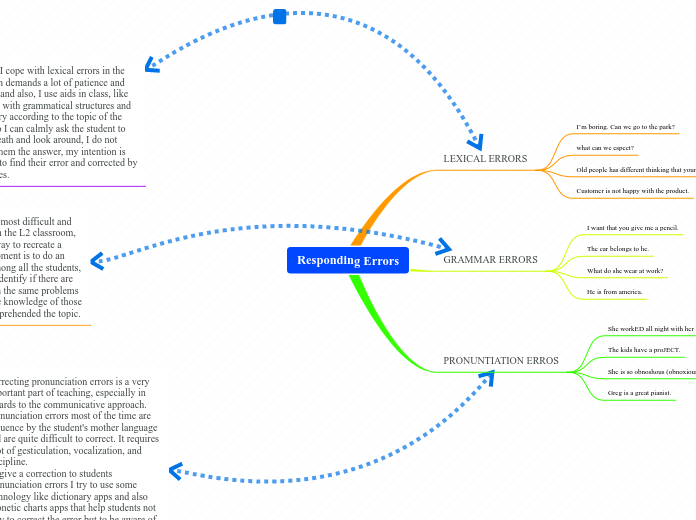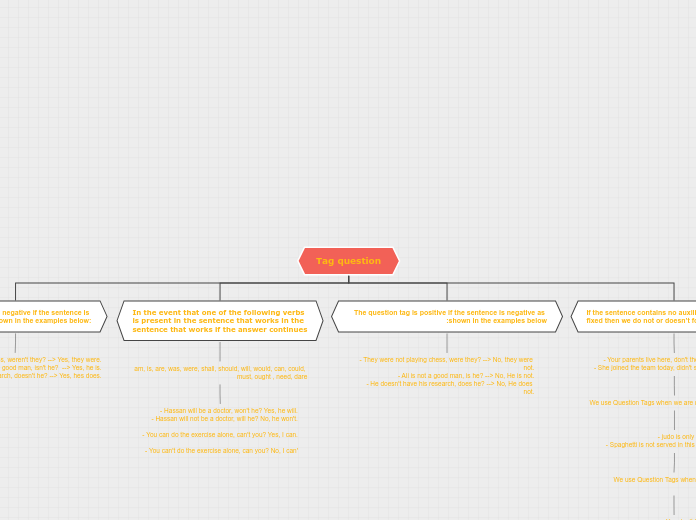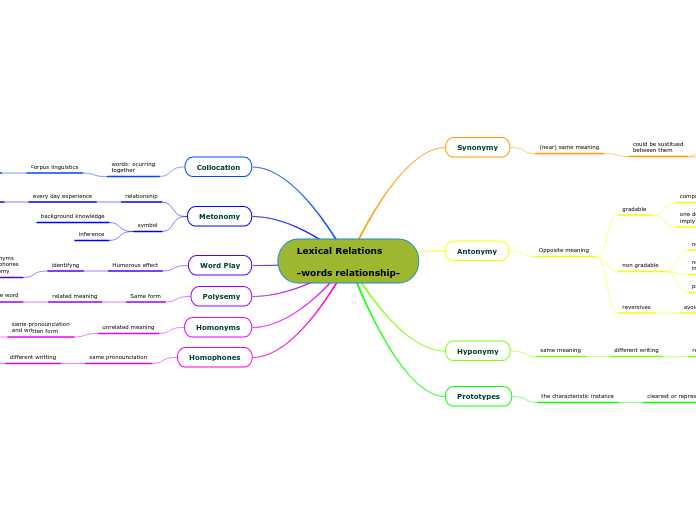Correcting pronunciation errors is a very important part of teaching, especially in regards to the communicative approach. Pronunciation errors most of the time are influence by the student's mother language and are quite difficult to correct. It requires a lot of gesticulation, vocalization, and discipline.
To give a correction to students pronunciation errors I try to use some technology like dictionary apps and also phonetic charts apps that help students not only to correct the error but to be aware of the "written phonetics"
Grammar is one of the most difficult and tricky topics to teach in the L2 classroom, however, it is a good way to recreate a significant learning moment is to do an exercise of analysis among all the students, it helps the teacher to identify if there are any other students with the same problems and also to reaffirm the knowledge of those students that have comprehended the topic.
The way I cope with lexical errors in the classroom demands a lot of patience and delicacy, and also, I use aids in class, like cue cards with grammatical structures and vocabulary according to the topic of the lesson, so I can calmly ask the student to take a breath and look around, I do not provide them the answer, my intention is for them to find their error and corrected by themselves.
Responding Errors
To name your story, you have to think about the overall message and what you want your audience to understand from the story. Also, make it relevant and easy to remember.
PRONUNTIATION ERROS
The ending of a story is essential. We all know that if the ending is weak, what happened before loses its importance. So make it unpredictable, but fair. A resolved ending answers all the questions and ties up any loose threads from the plot.
Greg is a great pianist.
She is so obnoshous (obnoxious)
The kids have a proJECT.
This is the closure section of the story.
See examples of possible outcomes below:
- all problems have been solved
- it's clear how each one of your characters ends up
- your main character is transformed by the challenge
She workED all night with her homework.
This is the moment when the main character surpasses the last obstacle and finally faces their greatest challenge.
The climax usually follows one of these patterns:
- realization
- resolution
- choice
Type in your answer.
GRAMMAR ERRORS
The middle of the story is where you add layers of complications that will lead to the end. Reveal more about the character's journey. Did their personality go through changes? How did they overcome the challenges? And as you build up the story’s central conflict, make it more personal to that character. Also, from the middle act, you have to lead into the final act.
He is from america.
What do she wear at work?
There wouldn't be any tension and excitement in your story if there weren't any obstacles in your character's way.
The car belongs to he.
Your character(s) need(s) motivation in order to solve the challenge(s).
I want that you give me a pencil.
Each story has a main character and that character usually needs to solve a problem or challenge. The character's challenge is the one that creates tension throughout the story.
LEXICAL ERRORS
In the beginning of the story (or the exposition), you will need to introduce the setting and characters. You might also want to introduce the main conflict. This part of the story is important because it gives the reader necessary background information and maybe even a first insight into a character’s personality.
Customer is not happy with the product.
Old people has different thinking that youngs.
what can we espect?
The setting (time & place) of a story can change throughout the plot.
I’m boring. Can we go to the park?
Characters are essential to a good story. Usually, the protagonist(s) is/are the most affected by the plot. Introduce a character by focusing on their actions, interests, and occupation, as the physical appearance doesn't make a difference in most cases.










